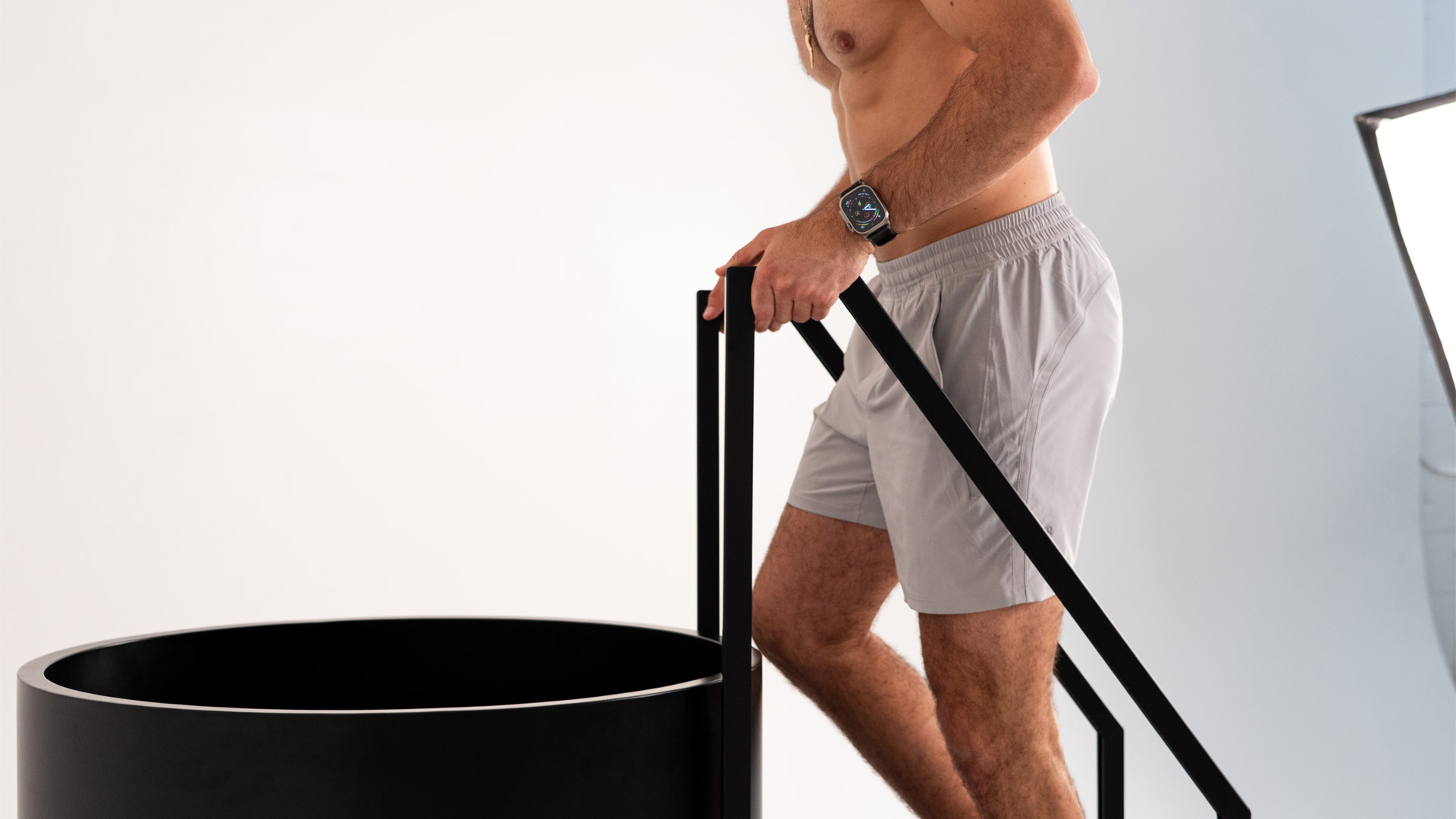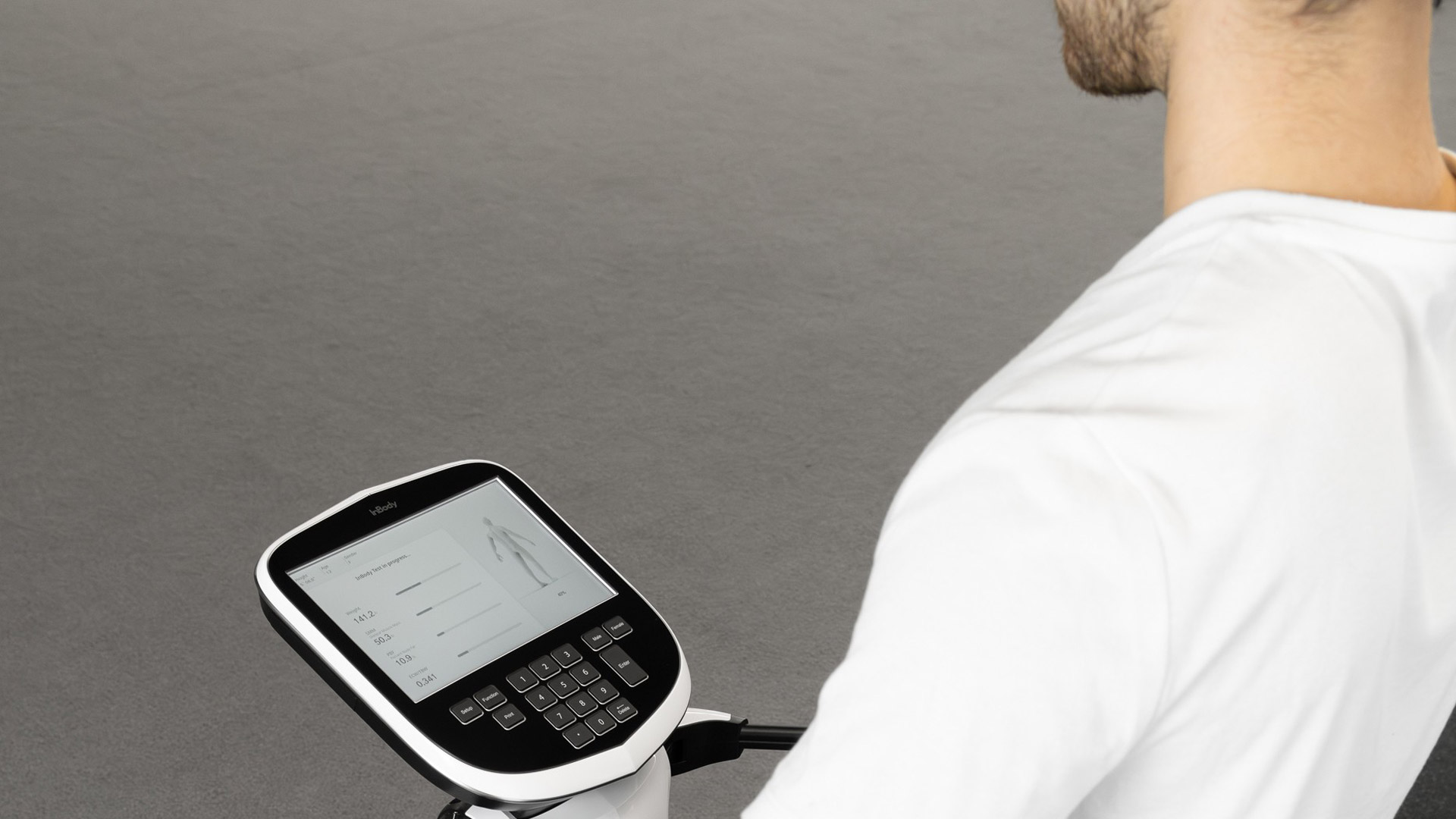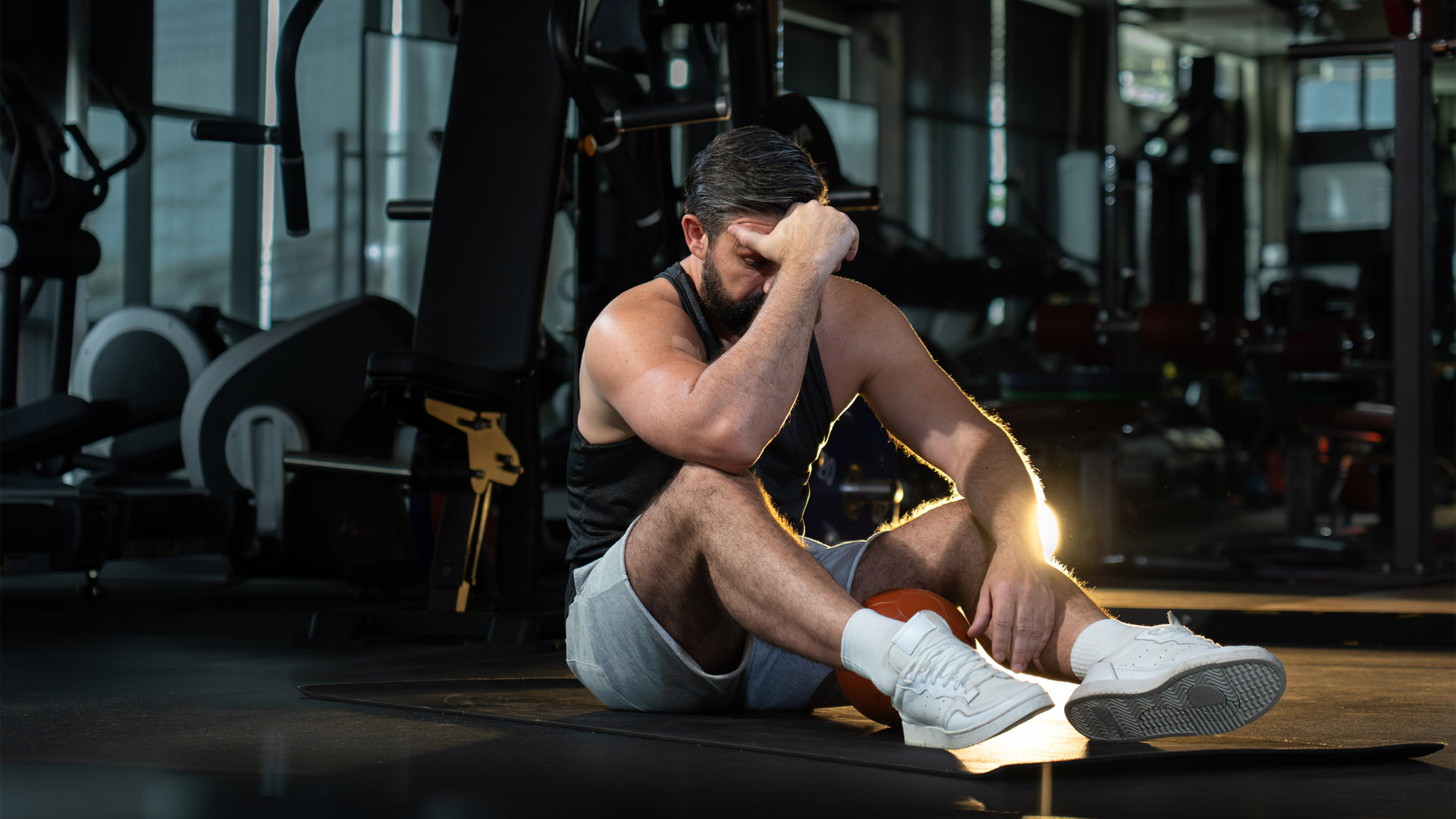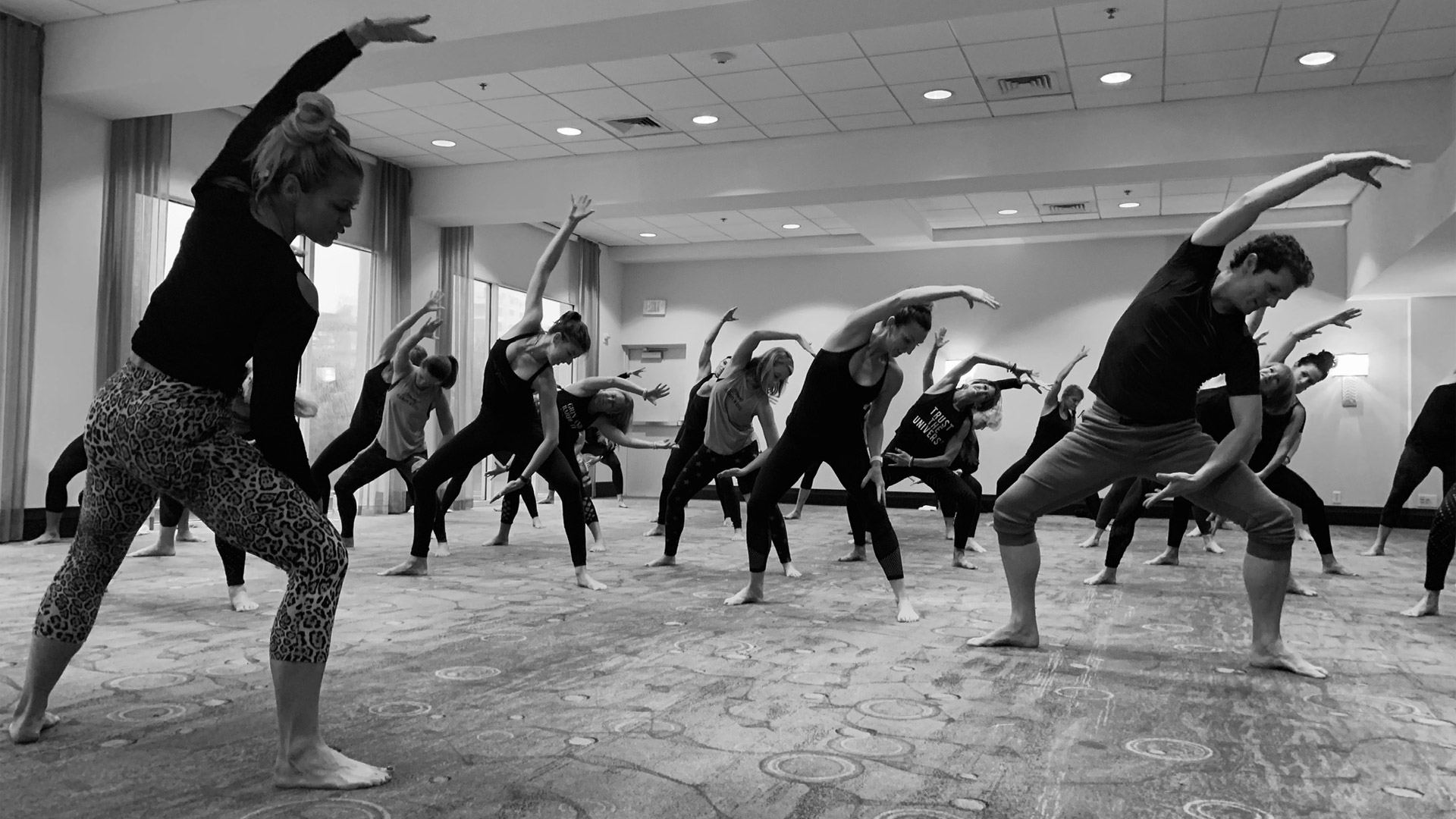All Categories

Muscle strength is one of the few physical assets that compound over time. Train it well, and it sticks around, even when formal workouts taper off. Ignore it, and the cost isn’t just lost mass. It’s higher fall risk, slower movement, and eventually, loss of independence.
A long-term study from Denmark put this in clear terms. Older adults who completed one year of heavy resistance training maintained leg strength for four years, long after the intervention ended. The same didn’t happen with moderate training. And those who didn’t train? Their strength dropped, predictably.
Strength training, when programmed correctly, creates adaptations that last. Among different training outcomes (endurance, speed, hypertrophy), maximal strength lingers the longest after you stop training.
Why? Neural efficiency. Once the nervous system learns to fire motor units at high intensity, it holds onto that ability for months, even years, especially in the lower body. This is why a 70-year-old who deadlifts regularly tends to stand up from chairs easily, while someone the same age without that base hesitates or falls. The ROI of leg strength isn’t numbers on a bar, but function.
This matters for menopausal clients and those past midlife. Fractures, balance loss, and joint instability don’t respond to light work; they respond to load.
Plyometric training increases the body’s ability to generate and absorb force quickly. Think of catching yourself when you trip or changing direction mid-step. That requires not just strength, but reactivity. Plyos train the stretch-shortening cycle, which is your body’s ability to shift from eccentric to concentric contraction with speed and control.
That’s not just useful for athletes. It’s also critical for adults to avoid falls, improve joint health, and react under load.
By targeting neuromuscular coordination and fast-twitch fibers, plyometric drills build real-world power. It’s not about vertical leap. It’s about being able to move with intent, control, and quickness in daily life.
Start with what holds up under pressure: compound strength—two to three days per week of squats, deadlifts, presses, and rows. Prioritize full range of motion, perfect reps, and progressive overload. No rushing. No chasing numbers.
Once clients can lift consistently with stable form, layer in plyometric work.
Training cycles should rotate between phases of heavy strength work and power development. Periodize with intention: build the base, then teach the nervous system to express it under time constraints.
Finally, keep plyo volume in check. Focus on mechanics before intensity. Fatigue breaks form, and sloppy landings don’t pay off.
Start light, move with control, and build intensity over time. Plyos should never appear before someone has a strong foundation, and high loads need to come with full-range mobility and safe form.
Clients who can’t control a bodyweight squat are not ready for jumps. They don’t need barbell speed pulls if they can’t deadlift cleanly. Build from the ground up.
Use power-based supersets: Pair a squat with a box jump or a press with a med ball throw. This will bridge strength and speed without overtraining. Allow 48 to 72 hours between high-load or high-impact days.
Then back it up with recovery. Protein, sleep, and stress management matter as much as the reps.
Heavy resistance training combined with plyometric work creates a functional fitness foundation that directly translates to daily life. This thoughtful pairing builds a physical resilience that serves clients beyond the gym walls. As trainers, our highest calling lies in developing programs that grant clients autonomy through movement capability, which allows them to pick up grandchildren, travel confidently, and navigate their environments without hesitation.
Quality strength training paired with strategic power development prepares the body for real-world challenges that require force production and quick adaptation. By prioritizing this approach, we offer clients something far more valuable than temporary fitness gains. Providing clients with the physical freedom to move as they please serves them through every stage of life, preserving their healthspan.
About Robert James Rivera
Robert is a full-time freelance writer and editor specializing in the health niche and its ever-expanding sub-niches. As a food and nutrition scientist, he knows where to find the resources necessary to verify health claims.
Powering the Business of Health, Fitness, and Wellness Coaching

By Elisa Edelstein

By Robert James Rivera

By Elisa Edelstein

By Robert James Rivera

By Rachel MacPherson

By Elisa Edelstein

Powering the Business of Health, Fitness, and Wellness Coaching
